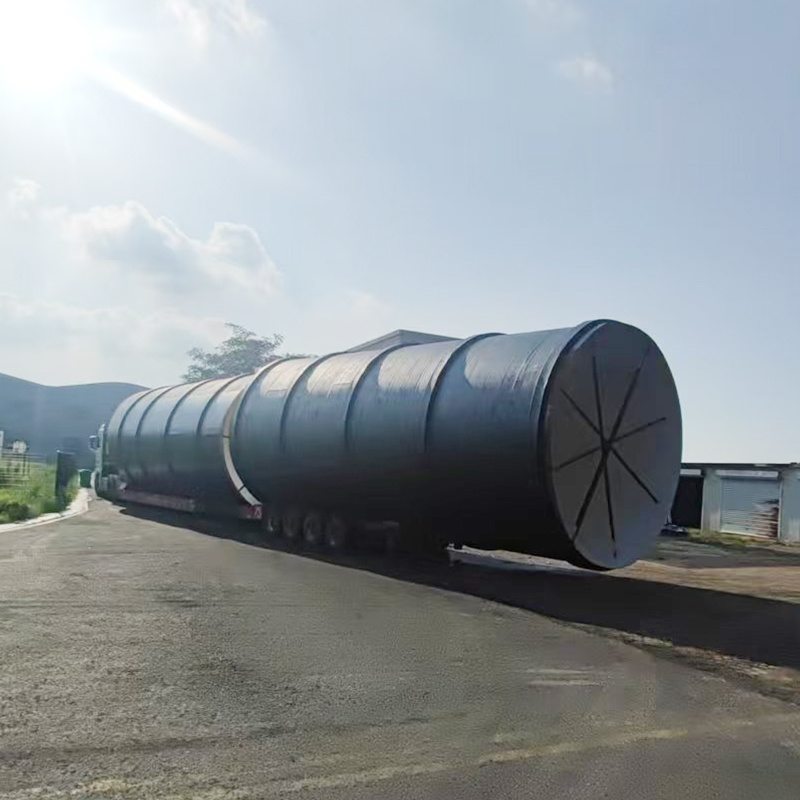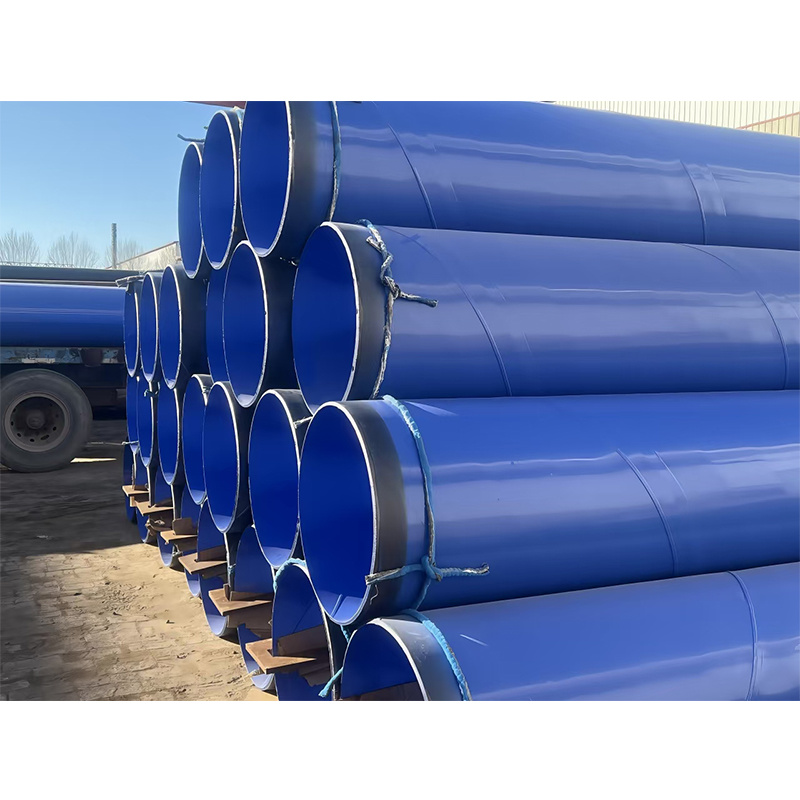Choosing the Optimal Insulated Pipeline for Industrial Applications
Jun 15,2025
In industrial environments, the choice of pipeline insulation is critical for maintaining temperature control, maximizing energy efficiency, and ensuring the longevity of the piping system. The best insulated pipeline solutions are designed to minimize heat loss or gain, which is especially important in processes involving steam, hot water, or chilled fluids. Here, we delve into key considerations

In industrial environments, the choice of pipeline insulation is critical for maintaining temperature control, maximizing energy efficiency, and ensuring the longevity of the piping system. The best insulated pipeline solutions are designed to minimize heat loss or gain, which is especially important in processes involving steam, hot water, or chilled fluids. Here, we delve into key considerations and materials that can help you identify the best insulated pipeline for your specific needs.
First and foremost, understanding the operating temperature range of your application is vital. Different insulation materials have varying temperature tolerances, and selecting one that operates effectively within your temperature requirements is crucial. For example, fiberglass insulation is popular for moderate temperature applications, while polyurethane foam or cellulose fiber may be better suited for extreme temperatures.
Another consideration is the thermal conductivity of the insulation material. Lower thermal conductivity values mean better insulation performance, as these materials can effectively prevent heat transfer. Materials such as aerogel, known for its excellent thermal properties, can be an option for industries that require high performance in limited space.
Moisture resistance is also an essential factor when determining the best insulated pipeline. In many industrial environments, pipelines are exposed to humidity and condensation. Insulation materials that are prone to moisture absorption can compromise the effectiveness of the insulation and lead to corrosion of the pipeline. Closed-cell foam and foil-faced insulation materials offer greater moisture resistance, extending the lifespan of the pipeline system.
In addition, the physical properties of insulation materials should be assessed, focusing on their durability, resistance to chemicals, and ability to withstand mechanical stresses. This evaluation ensures that the insulation can handle the specific conditions of your industrial setting without degrading over time.
Moreover, energy efficiency is a primary goal in modern industrial operations. A well-insulated pipeline can lead to significant energy savings by reducing the amount of energy required to maintain temperature levels. This not only enhances operational efficiency but also contributes to reducing overall environmental impact.
Finally, regulatory compliance must not be overlooked when selecting the best insulated pipeline. Different industries have specific standards and codes that dictate insulation performance and materials used. Ensure that the chosen insulation complies with local and national regulations to avoid potential legal issues and ensure safety.
In conclusion, the best insulated pipeline for industrial applications is determined by a combination of factors, including temperature range, thermal conductivity, moisture resistance, physical durability, energy efficiency, and regulatory compliance. By considering these aspects, professionals can make informed decisions that lead to effective and sustainable pipeline systems tailored to their operational needs.
First and foremost, understanding the operating temperature range of your application is vital. Different insulation materials have varying temperature tolerances, and selecting one that operates effectively within your temperature requirements is crucial. For example, fiberglass insulation is popular for moderate temperature applications, while polyurethane foam or cellulose fiber may be better suited for extreme temperatures.
Another consideration is the thermal conductivity of the insulation material. Lower thermal conductivity values mean better insulation performance, as these materials can effectively prevent heat transfer. Materials such as aerogel, known for its excellent thermal properties, can be an option for industries that require high performance in limited space.
Moisture resistance is also an essential factor when determining the best insulated pipeline. In many industrial environments, pipelines are exposed to humidity and condensation. Insulation materials that are prone to moisture absorption can compromise the effectiveness of the insulation and lead to corrosion of the pipeline. Closed-cell foam and foil-faced insulation materials offer greater moisture resistance, extending the lifespan of the pipeline system.
In addition, the physical properties of insulation materials should be assessed, focusing on their durability, resistance to chemicals, and ability to withstand mechanical stresses. This evaluation ensures that the insulation can handle the specific conditions of your industrial setting without degrading over time.
Moreover, energy efficiency is a primary goal in modern industrial operations. A well-insulated pipeline can lead to significant energy savings by reducing the amount of energy required to maintain temperature levels. This not only enhances operational efficiency but also contributes to reducing overall environmental impact.
Finally, regulatory compliance must not be overlooked when selecting the best insulated pipeline. Different industries have specific standards and codes that dictate insulation performance and materials used. Ensure that the chosen insulation complies with local and national regulations to avoid potential legal issues and ensure safety.
In conclusion, the best insulated pipeline for industrial applications is determined by a combination of factors, including temperature range, thermal conductivity, moisture resistance, physical durability, energy efficiency, and regulatory compliance. By considering these aspects, professionals can make informed decisions that lead to effective and sustainable pipeline systems tailored to their operational needs.
TAG:
Related Posts
Choosing the Optimal Insulated Pipeline for Industrial Applications
In industrial environments, the choice of pipeline insulation is critical for maintaining temperature control, maximizing energy efficiency, and ensuring the longevity of the piping system. The best insulated pipeline solutions are designed to minimize heat loss or gain, which is especially important in processes involving steam, hot water, or chilled fluids. Here, we delve into key considerations








